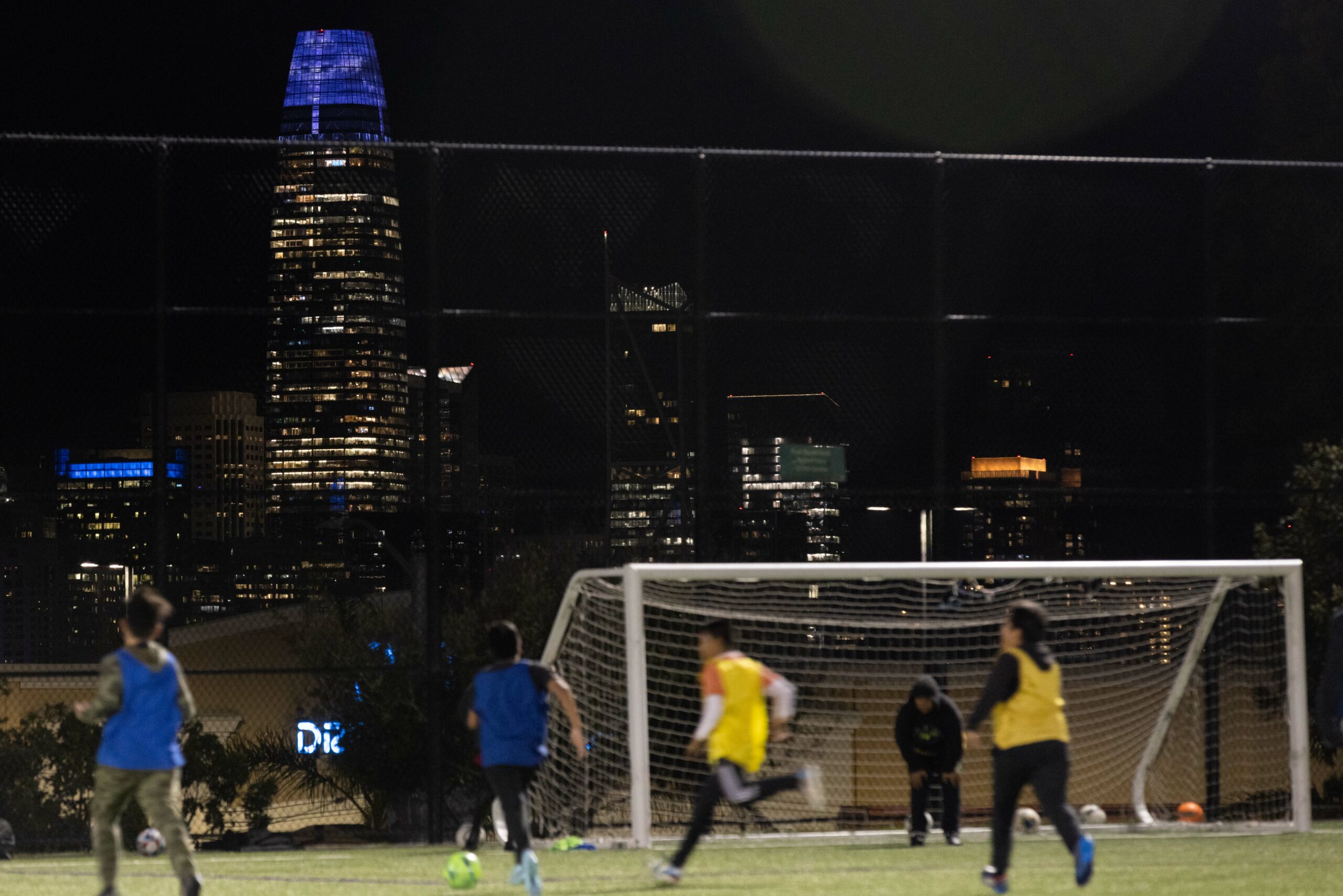For one month every four years, millions of international visitors descend on cities to see their country play. With them comes the promise of a boosted local economy as spectators spend millions on sold-out accommodations, packed restaurants and the thrill of being in the stadium while history is made.
The “San Francisco Bay Area” gets to share in that honor when the World Cup 2026 comes to town—well, Santa Clara to be exact.
But while the FIFA delegation were wined and dined by SF Mayor London Breed last year to secure the bid, officials only toured South Bay soccer facilities, as the games will be played at Levi’s Stadium.
That means when global megastars arrive in the city, you likely won’t find them training in SF.
San Francisco has failed to build up the modern infrastructure needed to host the world’s top soccer teams in time—despite best-laid plans.
SF Soccer Venues Are Ancient
Stadiums and fields in SF are really old. Kezar Stadium in the heart of the city was first opened in 1925. After that, Boxer Soccer Stadium at Balboa Park, the only public soccer-specific stadium in the city, was built in 1953.
Anticipating the potential arrival of a World Cup, District 11 Supervisor Ahsha Safaí announced in 2018 that he wanted to lead “an entire makeover” of Boxer Stadium. His tentative plans would see the historic 3,500 seat venue become a training field for international teams.
Safaí said at the time he would work with the city’s Recreation and Park Department, which oversees the stadium, as well as with the Capital Planning Committee to set aside the necessary cash for the project.
But four years later, a spokesperson for Recreation and Parks confirmed those plans never materialized. Aside from daily maintenance and a repaved parking lot that “no project or funding have been identified [since 2018],” said the department.
Today, the field is mostly used by local high schools and middle schools. It is highly unlikely that a professional team could ever use the field in its current state.
“I’m excited the World Cup is coming to the Bay Area in 2026,” said Safaí when asked for an update on his 2018 proposal. “This provides an excellent opportunity to improve the city’s soccer facilities, and I will work hard to include Boxer Stadium in the upcoming Capital Plan to ensure its renovation and operation for years to come.”
Enter Treasure Island
With nothing else in the pipeline, Mayor Breed has thrown her support behind a new soccer-specific development for 2023—although, it’d be a stretch to say that it is in the city proper.
The SF Glens, a semi-professional soccer team with aspirations to be the next professional club in the city, are currently constructing a 1,500-seat waterfront stadium on Treasure Island.
“When [the World Cup] comes to the Bay Area in 2026, this field is going to be the shining jewel,” Breed said at the groundbreaking ceremony. “This is going to put San Francisco officially on the map in the soccer world like nothing else.”
A lot can change in four years. But when The Standard reached out to The 49ers—whose executives led the host bid—to confirm if any San Francisco fields were considered, they said that FIFA only toured the soccer facilities at Stanford University and San Jose State. It remains unclear where international teams will set up their training camps in the Bay Area.
How Will SF Benefit Without Games in the 7×7?
This is not the first time San Francisco has served as the face of a marketing campaign, yet sat on the sidelines when the actual games kicked off. In 2016, Super Bowl 50 was also hosted at Levi’s Stadium.
To the annoyance of some supervisors at the time, the city forked over $4.8 million to “host festivities” the week of the game. Data released by the City Controller’s Office showed that SF brought in a total of $11.5 million before expenses after the Super Bowl.
All of this doesn’t mean that high-profile soccer players will never come to San Francisco or the Bay Area’s other cities—Real Madrid played at Oracle Park last summer and at Cal Memorial Stadium in Berkeley in 2014, so there’s hope yet.
